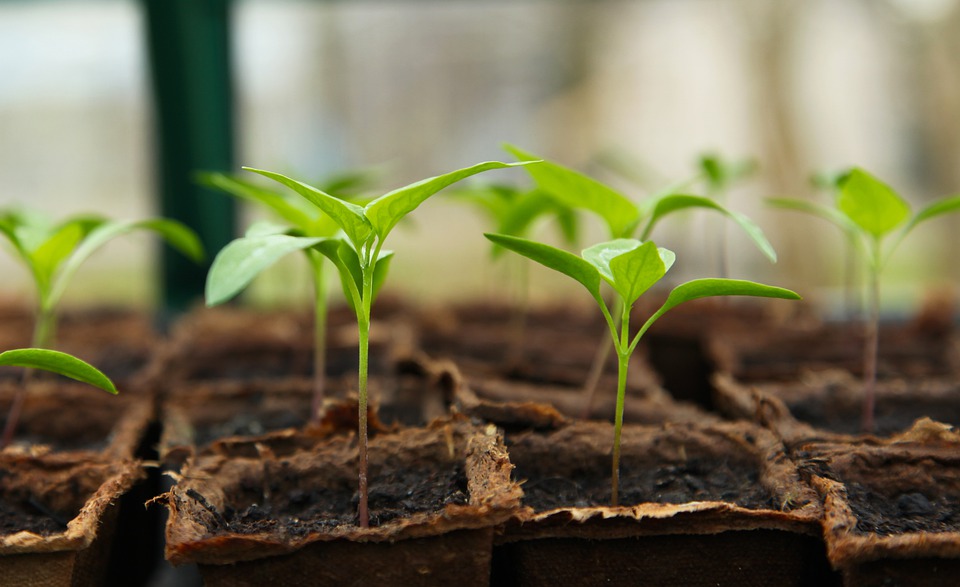Your gardening tools will get dirty, this is inevitable but if you don’t clean them often they will be ruin and you will have to invest in the tools again. In this article, we will teach you how to keep your tools in good shape.
1. Grab The Tools
You will start by gathering all of your tools and sorting them. If you see that a tool is beyond used, I recommend you to go to the hardware store and to grab a new one but if you can still repair it, better go that way to avoid wasting money.
2. Remove The Dirt
If it is some superficial dirt you can use a powerful garden hose to get rid of the dirt, but if it is a stubborn piece of dirt, you will need to scrape it off. Be safe however and do not hurt yourself in the process.
3. Remove Rust
Rust is your enemy when it comes to your gardening tools and I would recommend to remove rust often as it may eat away your tools. Then with steel wool, a brush or a crumpled up piece of tin foil, rub the rust off in a circular motion. When the rust is gone, rinse the tool in soapy water and then just clear water. Hang in to dry, then rub it with mineral oil or WD-40.
If some tools are coated in rust, I’ll recommend that you soak then in vinegar and water (1:1) overnight.
4. Remove Sap
To proceed with this you will need a sand block or a sand paper, this will allow you to rub it off. I would recommend the sand block as it is the easiest way to get rid of sap. When you are done it is always good to oil it with WD 40 or a pruner oil. If you take care of your pruner correctly it can last a lifetime.
5. Soak And Dry Tools
Once you remove everything on the tools, its time to soak your equipment in a bucket of hot water, you may even add some dish soap. It will allow to remove any particle that you could have missed.
Once you are done soaking your tools, you should rinse and dry your tools properly. This is an important step as if you don’t dry them up as it should it can easily rust again.
6. Cleaning Maintenance
In order to avoid ‘deep cleaning’ of all the equipment, you should aim to keep them in good shape all year-round. Always clean your tools when you are done using them and do not put them away with lots of soil and do not let them sit wet.
7. Disinfect
If your plants have fungal or bacterial problems, you should clean your garden tools on a regular basis. To avoid spreading something from plant to plant through the garden equipment, have bleach-free disinfectant wipes on ready to clean sap, bacteria, or fungus from shears.
To disinfect horticulture tools using chlorine bleach, make a 10% cleaning solution (one part bleach to nine parts water) and soak for 30 minutes. Because the solution has a short shelf life—its effectiveness is reduced by half after two hours—new batches should be made for each cleaning cycle.
8. Sanitizing Soak
A brief soak in a bleach solution (two cups of bleach per gallon of water) will help prevent infestations from spreading. Just make sure to completely clean and dry the instruments.
Disease can be conveyed from an infected plant to a healthy one using dirty gardening tools and pots. Plant illnesses can be prevented by properly cleaning and sanitizing instruments and containers. Working alongside diseased plants that are prone to the same illnesses necessitates disinfection.
It is important to take care of your tools as they take care of your garden. Let us know in the comments how often do you take care of your gardening tools…


